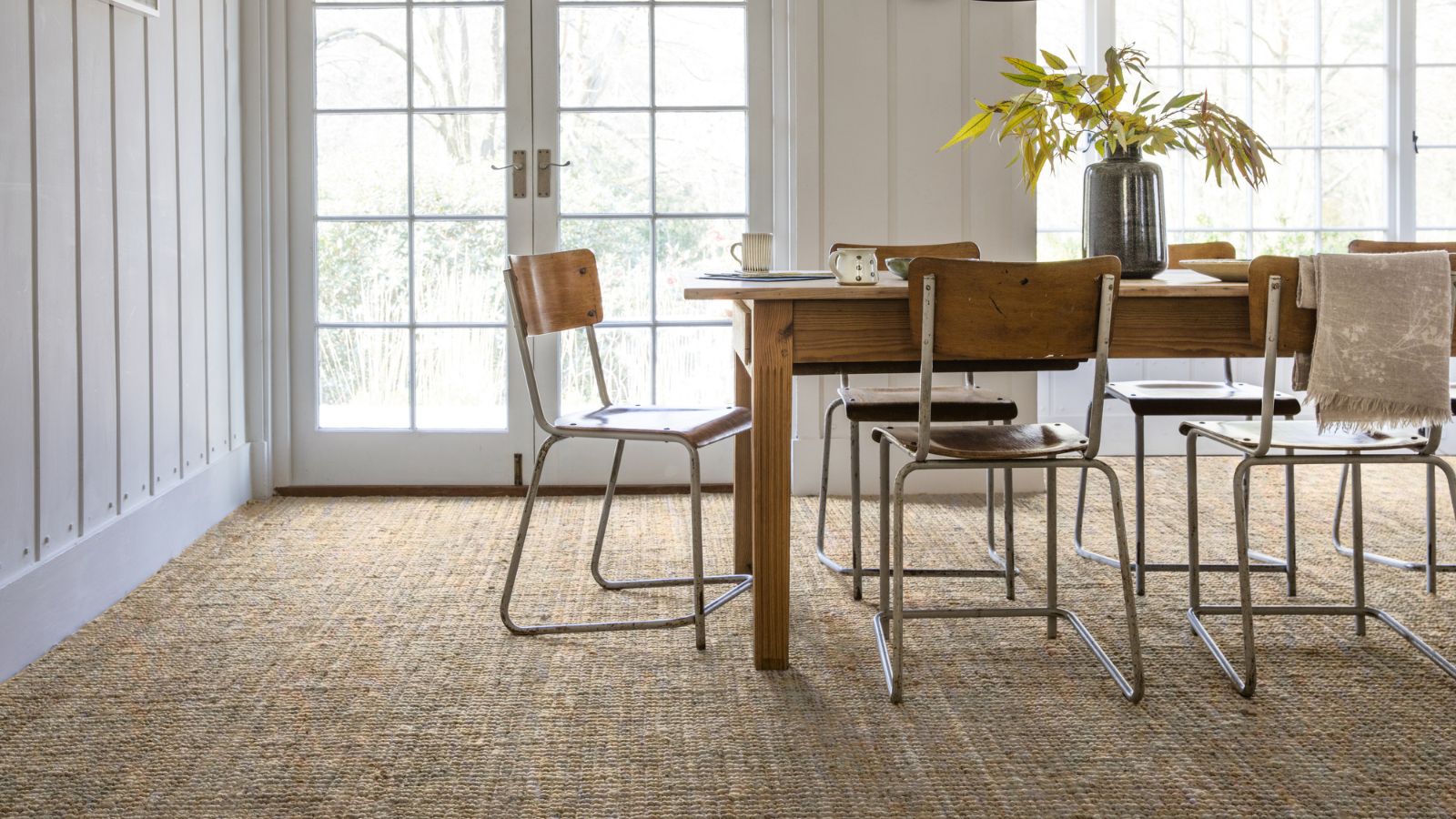Types of saws: Which do you need for your next DIY project?
What are the different types of saws? We explain eight popular choices for DIYers and which are best for your carpentry jobs
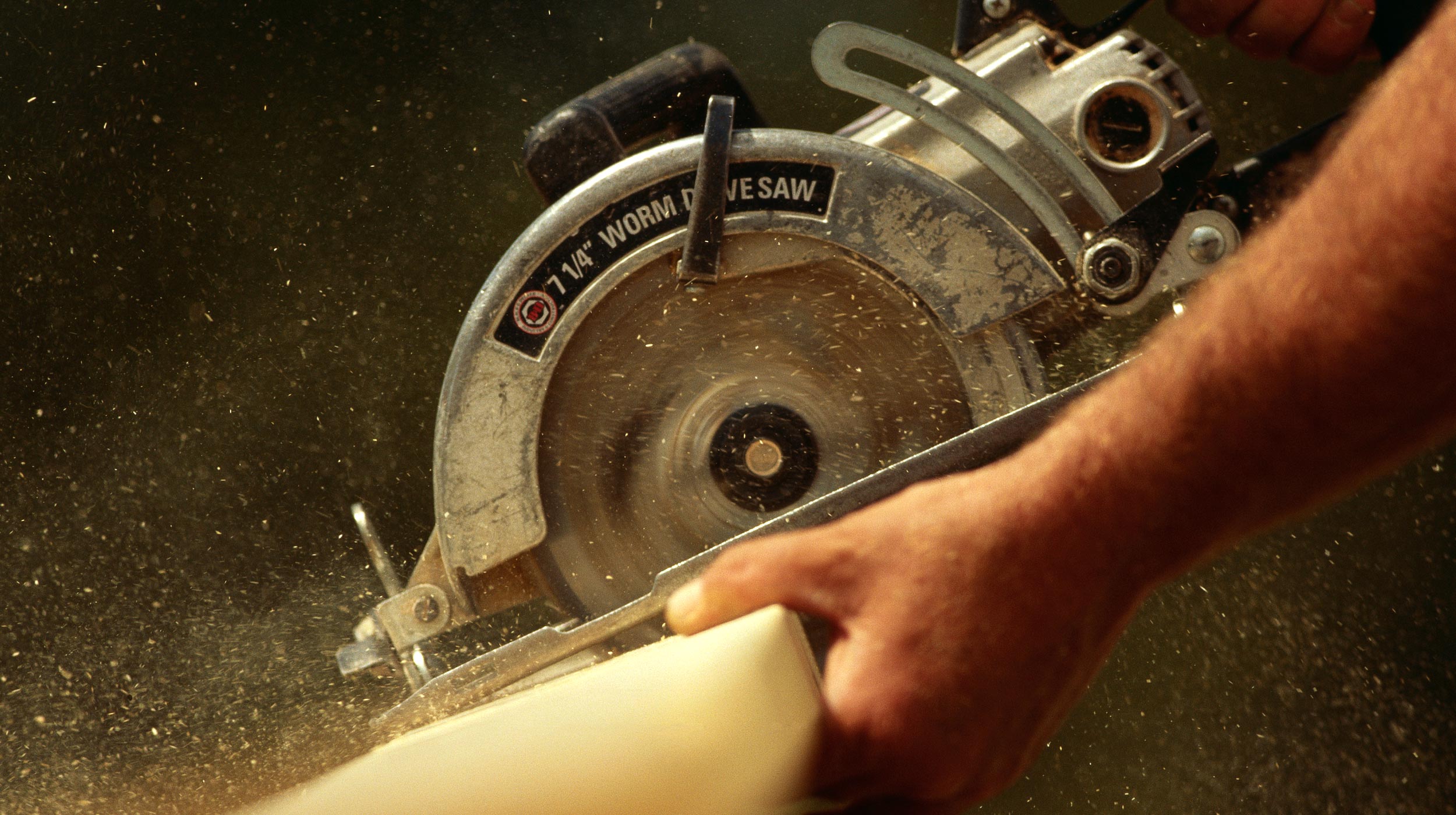
What types of saws are there available for your next home improvement project? There’s plenty to choose from, but before you spend your hard earned cash we take a look at the different types you should consider.
Saw choice will depend on what your DIY project is as different projects require different tool abilities. For instance, if you're looking for a general purpose saw a handsaw can be a useful choice. But, if you don't fancy going old school you can look to getting a power saw instead.
If you do go for a power saw we recommend that you opt for cordless models. These are typically a little more expensive, but give you the flexibility to work wherever you want, without having to find a plug socket of reel out an extension lead.
Here we explain what different types of saw do and the tasks they are typically used for to help you choose the right one for your next DIY project.
8 Types of saws DIYers need
We are here to help you choose the right type of saw for your next DIY project. Here we explain what each saw does and what they are good for. We kick off with the less expensive hand-powered saws before delving into the popular power saws DIYers use.
1. Handsaw
When it comes to saws, the handsaw is a great general purpose saw. The name is all encompassing but is commonly associated with crosscut saws, rip saws and panel saws.
It typically refers to saws with common characteristics such as length, type of teeth and purpose. A typical handsaw is around 500-550mm in length and will have 7-8 TPI (Teeth Per Inch) like the Draper Expert Supercut. Slightly shorter handsaws with more teeth (around 11-12TPI) are available for cleaner cuts.
TYPICALLY USED FOR: General purpose wood cutting saw where a really fine finish isn’t needed. Ideal for cutting fence posts, studs for partition walls, joists and most types of wood.
Bring your dream home to life with expert advice, how to guides and design inspiration. Sign up for our newsletter and get two free tickets to a Homebuilding & Renovating Show near you.
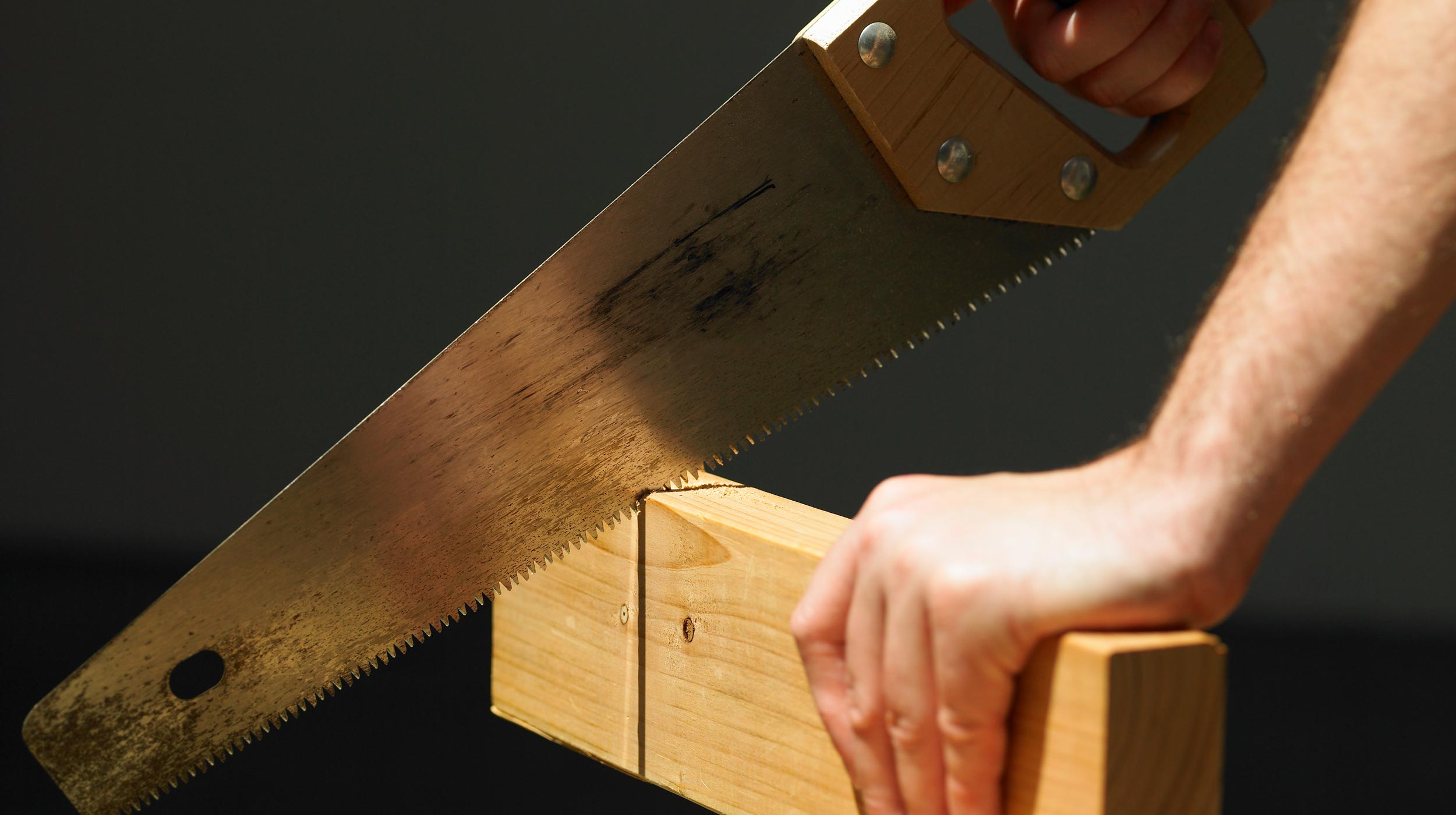
2. Tenon saw
A tenon saw is a type of back saw and its name is derived from the fact that it typically has a brass back. The saw plate or blade in a tenon saw is relatively short, typically around 250-300mm and has a depth of around 75mm-100mm like the Spear & Jackson Traditional Brass Back Tenon Saw found at Amazon.
A tenon saw typically has around 12-15 PPI (Points Per Inch). This dictates how fine the cut will be. The more PPI the finer the cut. Oversized tenon saws are available with greater depths if needed.
TYPICALLY USED FOR: Creating neat, accurate cuts by carpenters. Its name comes from the mortise and tenon joint that the saw was designed to create. Check our What is a tenon saw used for? guide for a more in depth explanation.
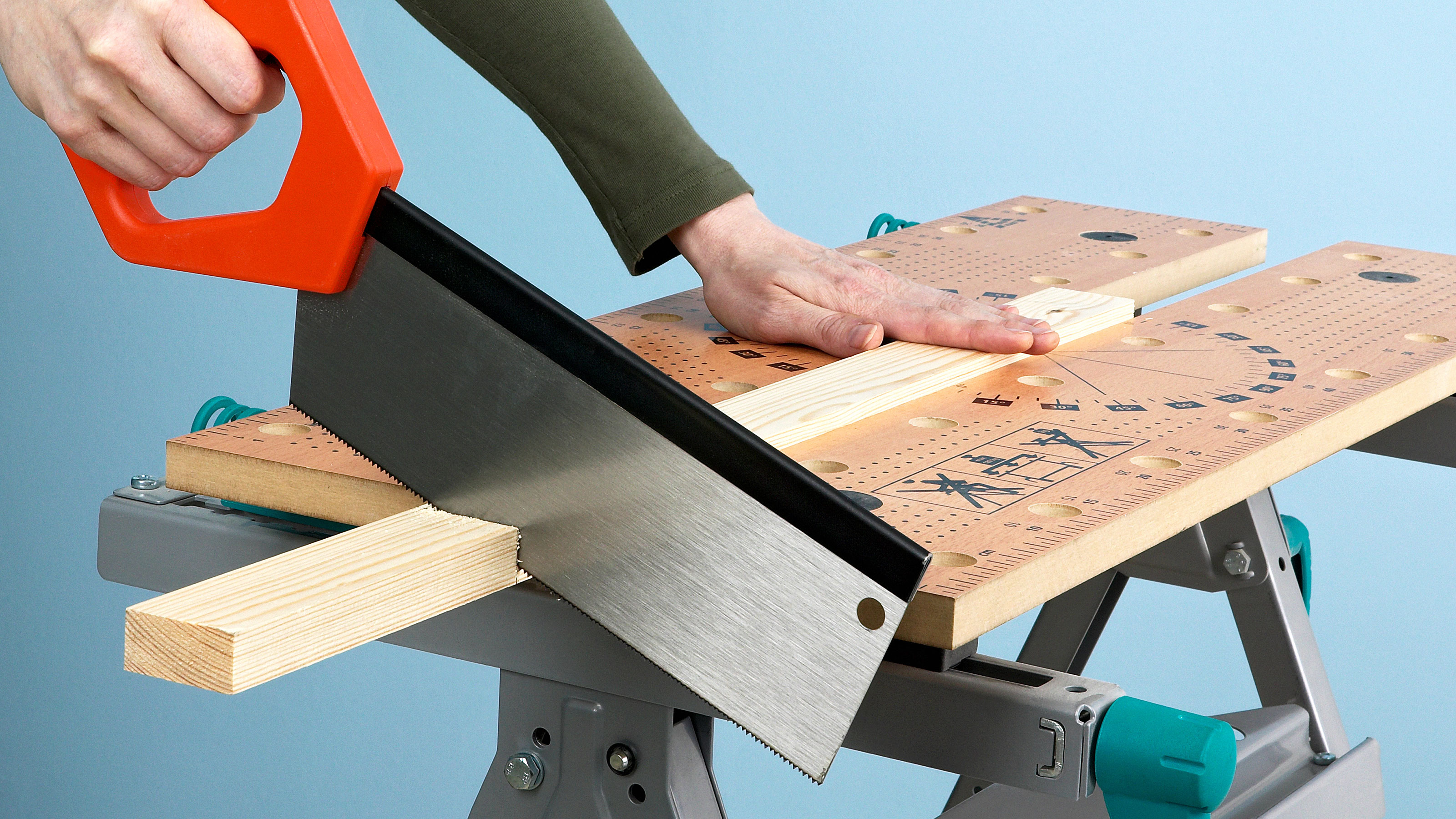
3. Plasterboard saw
There is a clue in the name, this is a specialist saw for cutting out sections of plasterboard, typically for fixtures such as light switches and sockets. Also known as a Drywall Saw or Jab Saw, it is a short saw with large teeth and a tapered end so it can jab into plasterboard and cut quickly.
It typically has around 7-8 TPI like the Stanley Fatmax Jab Saw. These are arranged so that the saw cuts on forward and backward strokes.
TYPICALLY USED FOR: Breaking the surface of plasterboard and cutting out small sections where electrical outlets need to go. It is not used for cutting plasterboard sheets to size.
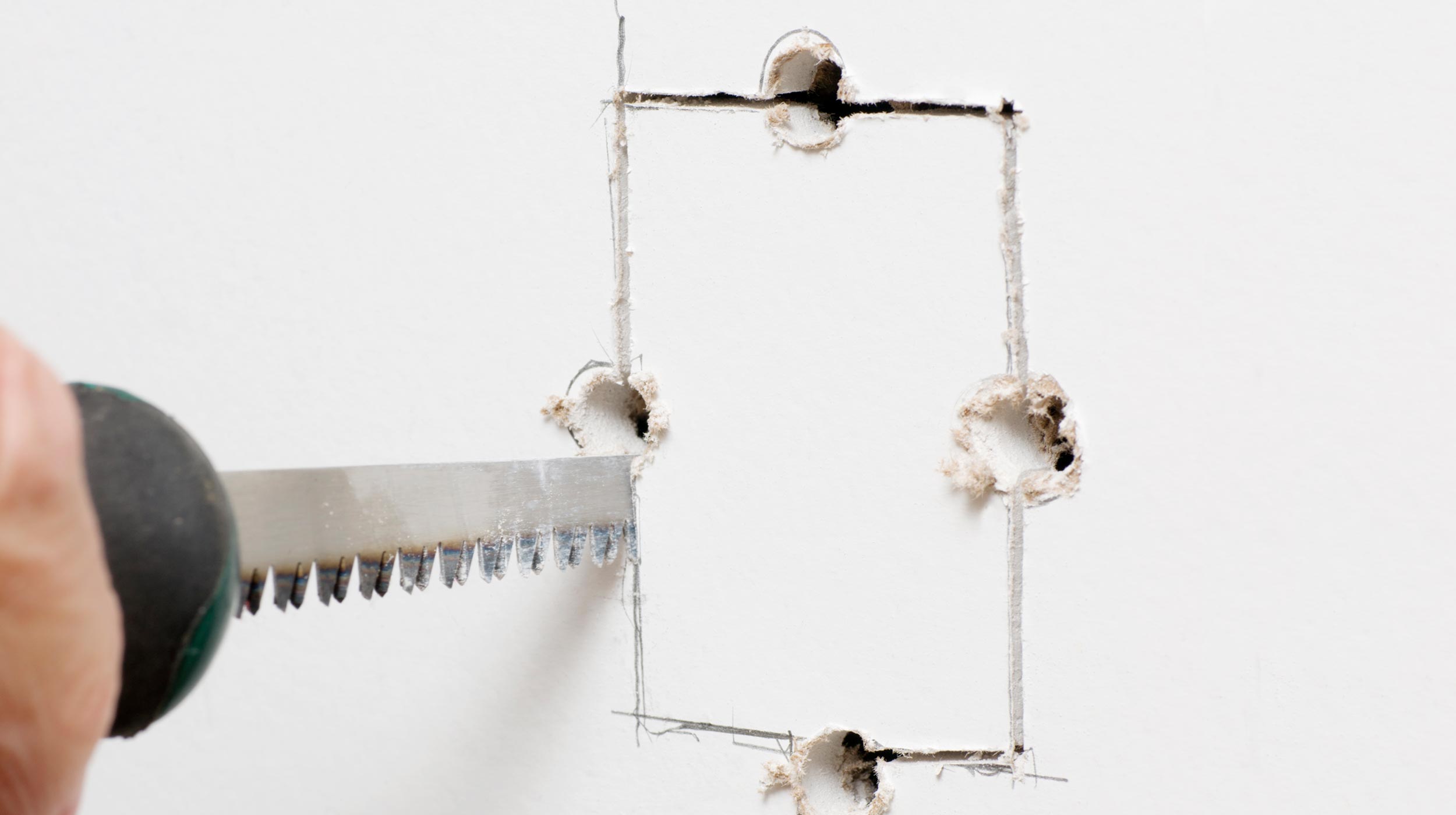
4. Circular saw
A circular saw is a power saw that gets its name from the fact that it uses a circular blade to cut. They typically come with two handles so users can push and direct the saw. A guide is often included to ensure that it creates neat straight cuts.
It is a versatile tool in that it comes with lots of different blades that can be used to cut wood, metal, plastic and even masonry. It can cut to around depths of 60mm — depending on blade size — and cut at angles typically up to 45 degrees. They are a great replacement for a handsaw, especially if you have a cordless model like the Ryobi ONE+ 18 V Cordless Circular Saw, which you can take with you anywhere you want to work.
TYPICALLY USED FOR: Cutting all types of wood up to around 60mm deep. This makes it ideal for cutting sheets of MDF, OSB, plywood and other wood sheets. It is also useful for cutting worktops and flooring and with the right blade, metal.

5. Reciprocating saw
A reciprocating saw like the Bosch PSA 700 Reciprocating Saw is a hand held power saw that has a horizontal design with a long flat blade at the front of the saw that replicates the back and forth sawing action of a handsaw. It is a powerful tool and can cut through wood, plasterboard and plastic quickly thanks to the commonly used high carbon steel (HCS) blades.
But you can cut a whole host of different materials using different blades. Carbide tipped blades are longer lasting and are used to cut metal. Diamond tipped blades are the strongest and are good for cement, masonry and glass. Find out more in our What is a reciprocating saw guide.
TYPICALLY USED FOR: Demolition jobs and home remodelling projects where a powerful saw is needed to cut through, wood, plasterboard, metal, plastic, cement, glass and masonry.
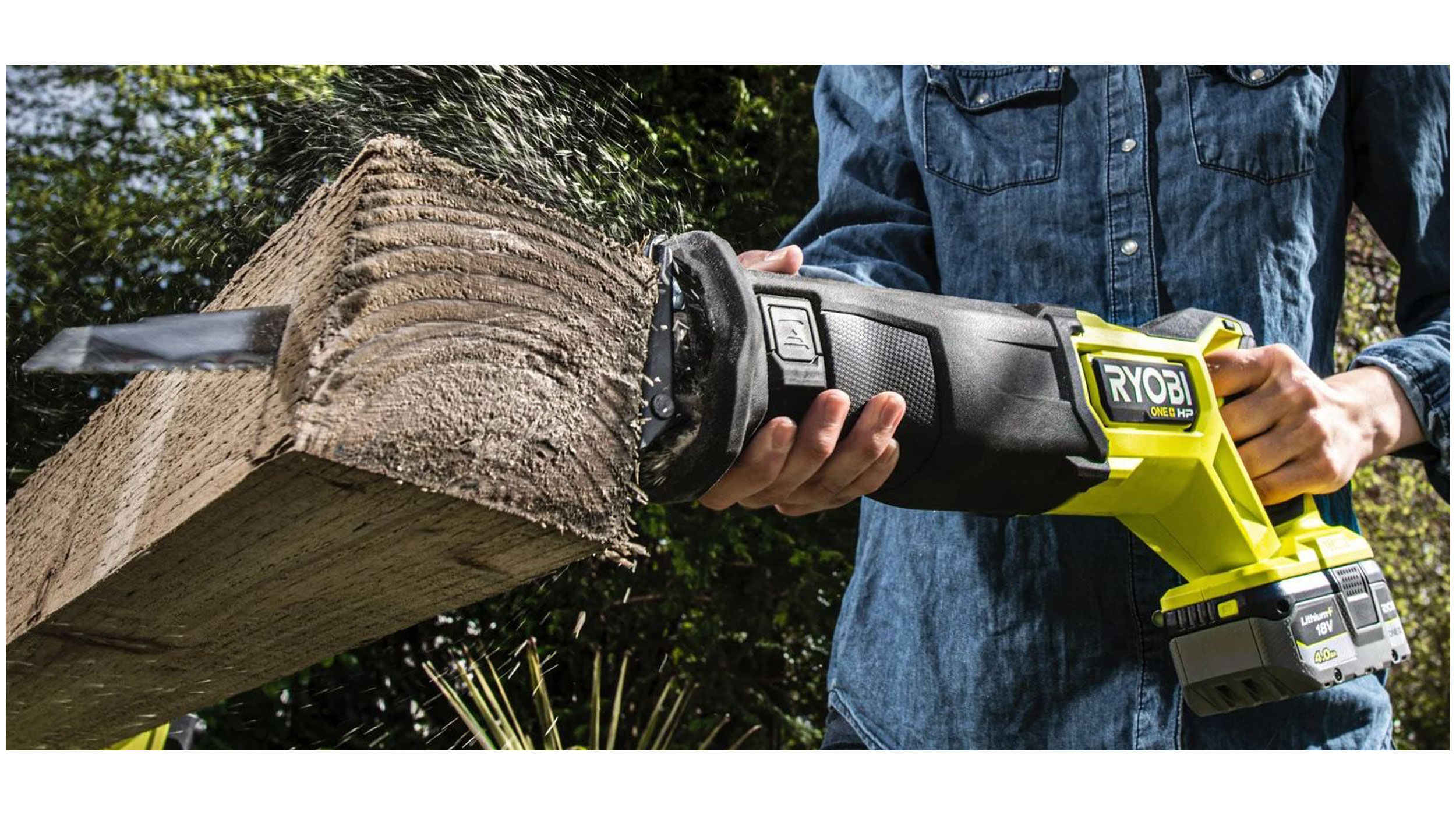
6. Jigsaw
A jigsaw like the DEWALT XR Li-Ion Jigsaw is a versatile saw that performs a number of functions and is designed with a single vertical blade that operates using an up and down sawing motion at different speeds to produce straight line or curved cuts.
A jigsaw has a wide variety of blades which perform different tasks, but are typically used for cutting wood and metal. Specialist blades are also available for plasterboard and fibreglass.
TYPICALLY USED FOR: For cutting straight lines in sheets of wood, but is ideally suited to following curves to create more intricate cuts. Ideal for cutting round obstacles like pipework when fitting worktops or creating letters, patterns or designs out of plywood or similar.

7. Mitre saw
A mitre saw like the Einhell Sliding Mitre Saw is a stationary saw on rails that sits on a strong sturdy metal base and is pulled down to make precision cuts at multiple angles. It is similar to a circular saw and uses a circular blade.
You can get different size blades with popular sizes ranging from 165mm-300mm. These determine the cutting capacity of the saw. Obviously larger blades mean deeper cuts.
TYPICALLY USED FOR: Cutting long strips of wood with precision rather than long straight cuts on wooden board. They are ideal for cutting angles on skirting boards, architrave, 45 degree angle cuts for picture frames, and straight cuts on repetitive cutting jobs like wood panelling and decking.
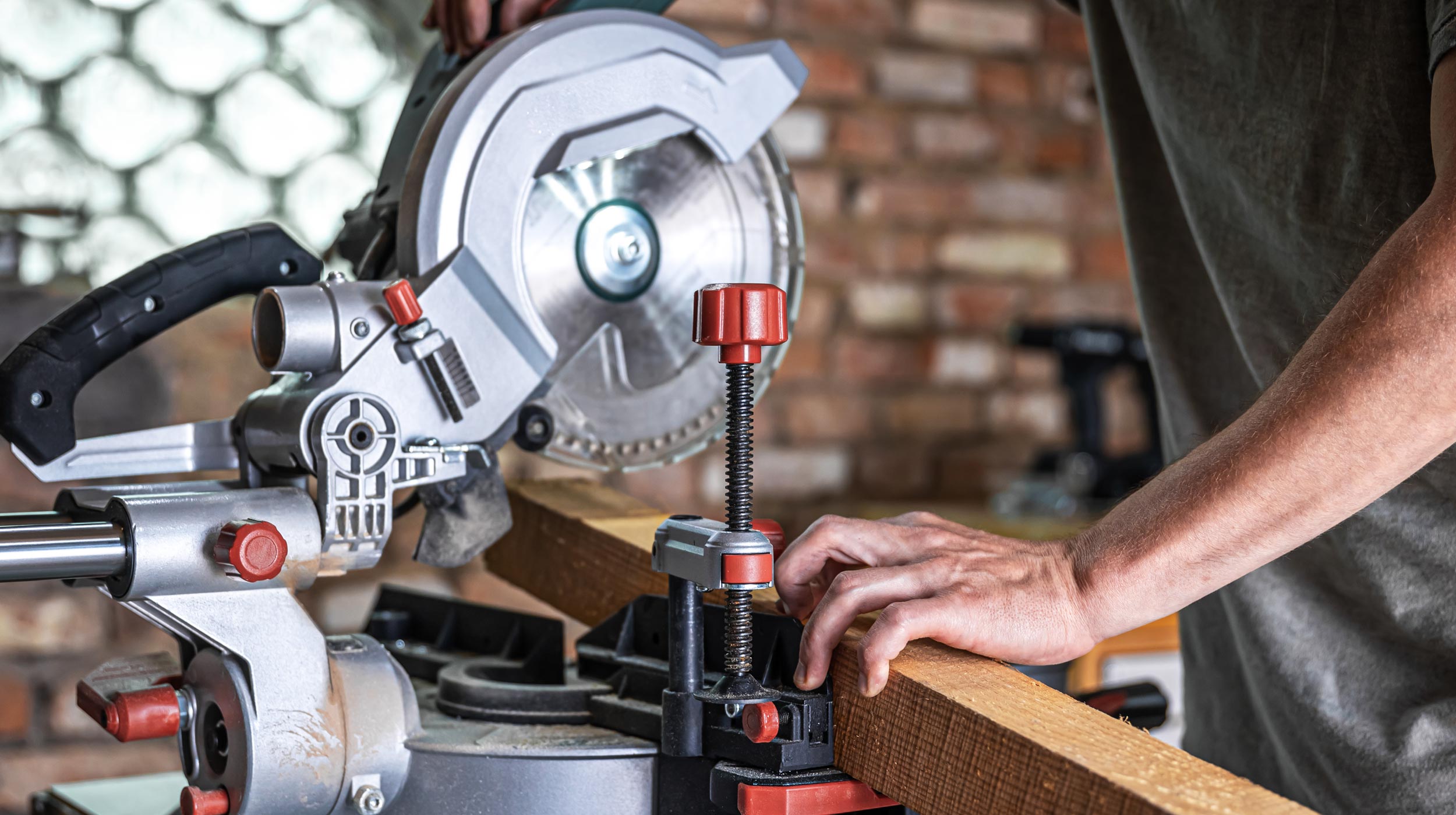
8. Multi tool
This is not technically just a power saw as the name might suggest, but comes with a saw attachment that can be used in certain scenarios. A multi tool is also known as an oscillating tool as this is the motion it uses to power its blades.
A multi tool like the WORX Sonicrafter Oscillating multi tool is a very useful addition to any DIYers toolkit as it can be used on so many different jobs.
TYPICALLY USED FOR: Small cutting jobs such as cutting skirting boards, door frames, architrave and wooden trim, nails, copper pipe, plastic pipe and cutting holes in plasterboard. It is not ideal for cutting material that needs a long straight edge.
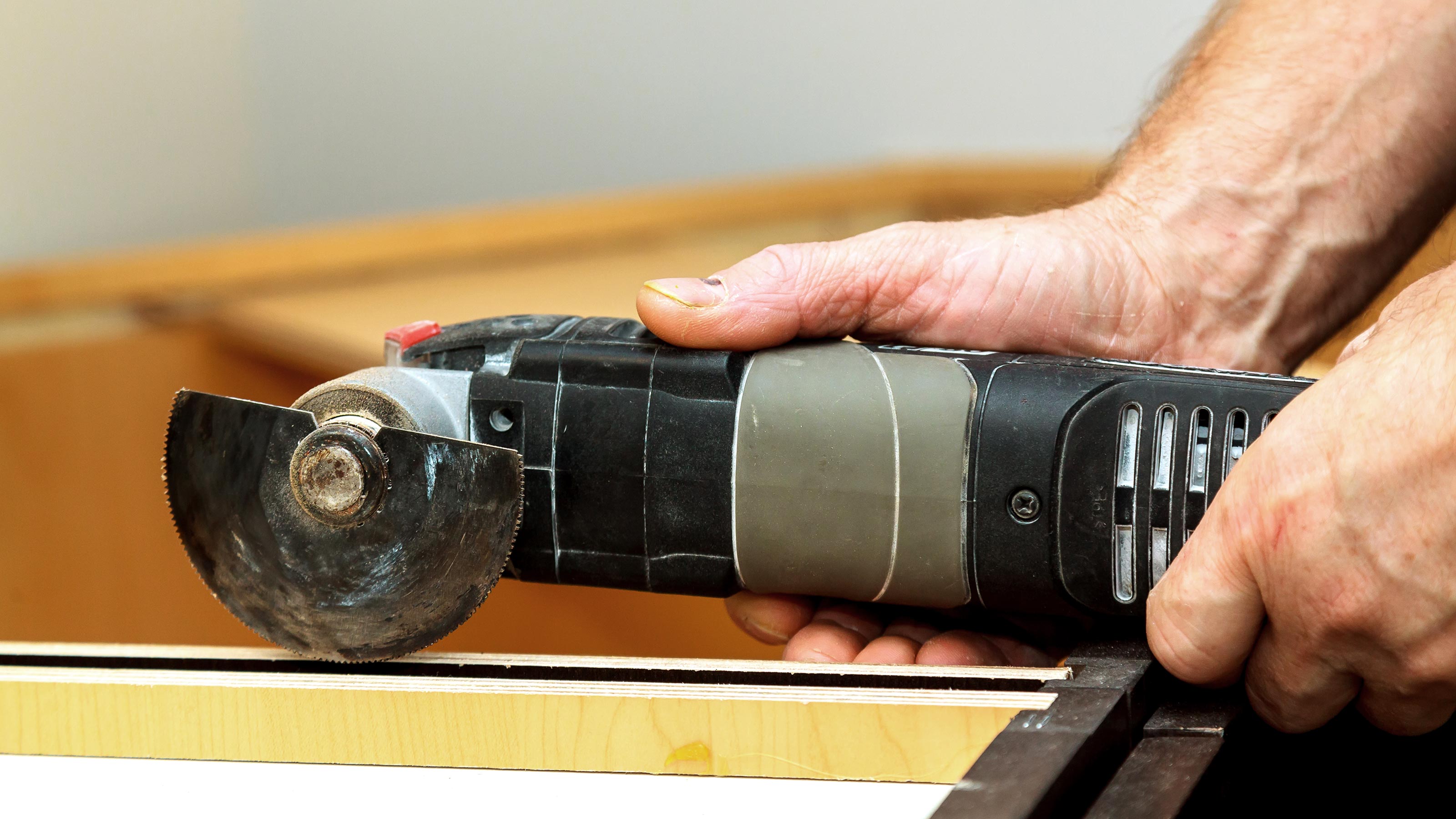
What does TPI mean?
TPI means teeth per inch and can range greatly from saw to saw. As a general rule the more teeth per inch the cleaner or finer the cut. The fewer teeth the quicker the cut but the rougher the finish.
For example, a typical handsaw will have 7 or 8 TPI, great for rough sawn timber. But if you need a finer cut try a 11or 12TPI handsaw.
Steve Jenkins is a freelance content creator with over two decades of experience working in digital and print and was previously the DIY content editor for Homebuilding & Renovating.
He is a keen DIYer with over 20 years of experience in transforming and renovating the many homes he has lived in. He specialises in painting and decorating, but has a wide range of skills gleaned from working in the building trade for around 10 years and spending time at night school learning how to plaster and plumb.
He has fitted kitchens, tiled bathrooms and kitchens, laid many floors, built partition walls, plastered walls, plumbed in bathrooms, worked on loft conversions and much more. And when he's not sure how to tackle a DIY project he has a wide network of friends – including plumbers, gas engineers, tilers, carpenters, painters and decorators, electricians and builders – in the trade to call upon.

